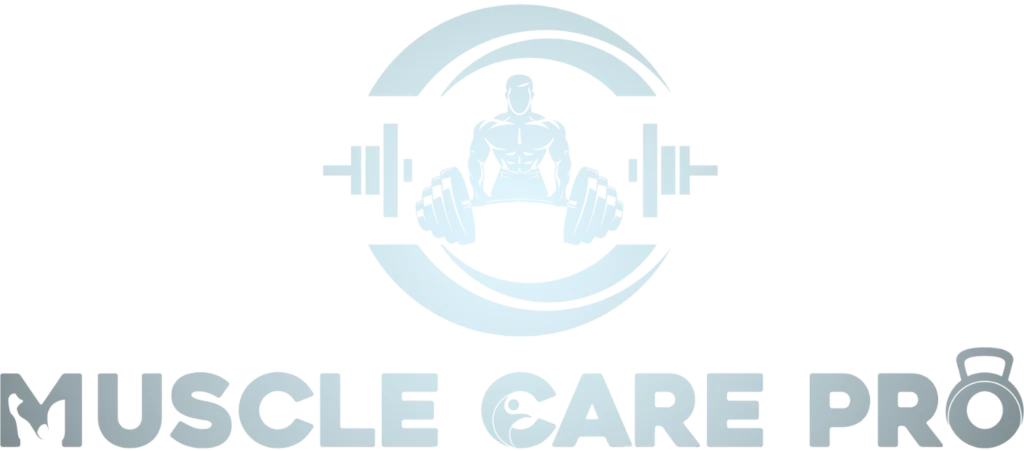What Foods Help the Pelvic Floor Muscles?
Strong and functional pelvic floor musculature is vital for one’s general health. These muscles are responsible for holding the internal organs, assisting in the control of urination, and serving as core stabilizers. Although exercises can strengthen the pelvic region, certain foods naturally reinforce these muscles too. This article examines which foods benefit the pelvic muscles and why they are essential for developing a well-built core.
Importance of Pelvic Floor Health
What Is the Pelvic Floor?
The pelvic floor is a group of muscles and connective tissues that support the bladder, uterus, and intestines. These muscles span the pelvis and facilitate essential activities such as urination, defecation, and sexual function.Foods Rich in Protein for Muscle Support
Lean Protein Sources
Protein greatly contributes to maintaining and increasing muscle mass. Including lean protein helps ensure that pelvic floor muscles remain strong and resilient.
Foods to incorporate for pelvic muscle health include:
- Chicken breast and turkey – Low in fat but rich in muscle-building proteins.
- Fish – Meats such as salmon, tuna, and sardines are packed with protein and omega-3 fatty acids, which promote muscle growth and reduce inflammation.
- Eggs – An excellent protein source that can be consumed at breakfast or as a snack.
Legumes and Plant-Based Proteins
For those following a vegetarian diet, legumes, nuts, and seeds are great protein alternatives.
Calcium-Rich Foods for Muscle Function
Dairy Products
Calcium is crucial for healthy muscle contractions, making it important for maintaining pelvic floor health. Foods rich in calcium include:
- Milk, yogurt, and cheese – Dairy products that provide easily absorbed calcium.
- Greek yogurt – Contains calcium for bone health and probiotics to aid digestion and muscle function.
Non-Dairy Calcium Sources
For those who are lactose intolerant, these options provide alternative calcium sources:
- Leafy greens – Vegetables like spinach, kale, and collard greens are abundant in calcium.
- Fortified plant-based milk – Almond, soy, and oat milk are often fortified with calcium.
Magnesium-Rich Foods to Relax Muscles
Why Magnesium Matters
Magnesium is essential for muscle relaxation, helping to prevent cramps and spasms in the pelvic floor. Including magnesium-rich foods promotes flexibility and relieves tension.
- Bananas – A magnesium-rich, ready-to-eat snack also high in potassium.
- Dark leafy greens – Spinach and Swiss chard contain magnesium, potassium, and other muscle-enhancing nutrients.
- Avocados – Provide healthy fats and magnesium.
Fiber for Digestive Health
Whole Grains
Fiber supports digestion, preventing constipation that could strain the pelvic floor. Include fiber-rich foods for smoother digestion:
- Whole grains – Brown rice, quinoa, and oats provide fiber and energy.
- Legumes – Beans, lentils, and chickpeas are excellent sources of both fiber and protein.
Fruits and Vegetables
Rich in complex carbohydrates, vitamins, and antioxidants, these foods speed muscle recovery and reduce inflammation:
- Berries – Blueberries, strawberries, and raspberries are high in fiber and antioxidants.
- Broccoli and Brussels sprouts – These fiber-rich vegetables are beneficial for muscle health.
Omega-3 Fatty Acids for Reduced Inflammation
Fish and Seafood
Omega-3 fatty acids have anti-inflammatory effects, aiding in healing and relaxing the pelvic floor muscles. Include these foods in your diet:
- Salmon – Rich in protein and omega-3s, ideal for muscle development.
- Mackerel and sardines – Affordable options high in omega-3 fatty acids.
Nuts and Seeds
Vegetarian and vegan-friendly sources of omega-3s include:
- Chia seeds and flaxseeds – Provide omega-3s, fiber, and healthy fats.
- Walnuts – A snack packed with good fats and omega-3s.
Foods to Avoid for Pelvic Floor Health
Processed Foods and Sugars
Excess refined sugar and processed foods can cause inflammation and stress the pelvic floor muscles. Avoid foods that cause bloating or digestive discomfort:
- Sugary snacks and sodas – These may promote bloating, increasing pelvic floor strain.
- Fried foods – Often inflammatory and easily overconsumed.
Caffeine and Alcohol
Excessive consumption can heighten bladder sensitivity and muscle strain, though moderate intake may not be harmful.
Conclusion
Enhancing pelvic floor health through nutrition naturally supports these vital muscles. By emphasizing foods beneficial for the pelvic floor, you can enhance their strength, flexibility, and functionality. It’s best to focus on whole, healthy foods, drink plenty of water, and minimize processed foods for optimal pelvic floor support.
FAQs
Q1: What are the best protein sources for pelvic floor muscles?
High-quality proteins like lean meat, fish, eggs, legumes, and nuts support muscle maintenance and development.
Q2: Why is fiber important for pelvic floor health?
Fiber helps prevent constipation, reducing strain and pressure on the pelvic floor muscles.
Q3: Which foods are good for magnesium intake to relax pelvic floor muscles?
Magnesium-rich foods like bananas, leafy greens, avocados, and nuts can relax muscles.
Q4: Can hydration affect pelvic floor health?
Yes, staying hydrated supports muscle function. Dehydration can strain the pelvic floor.
Q5: Are there foods to avoid for pelvic floor health?
Avoid foods high in sugar, processed foods, fried items, and excessive caffeine or alcohol, as they can cause inflammation and stress.











